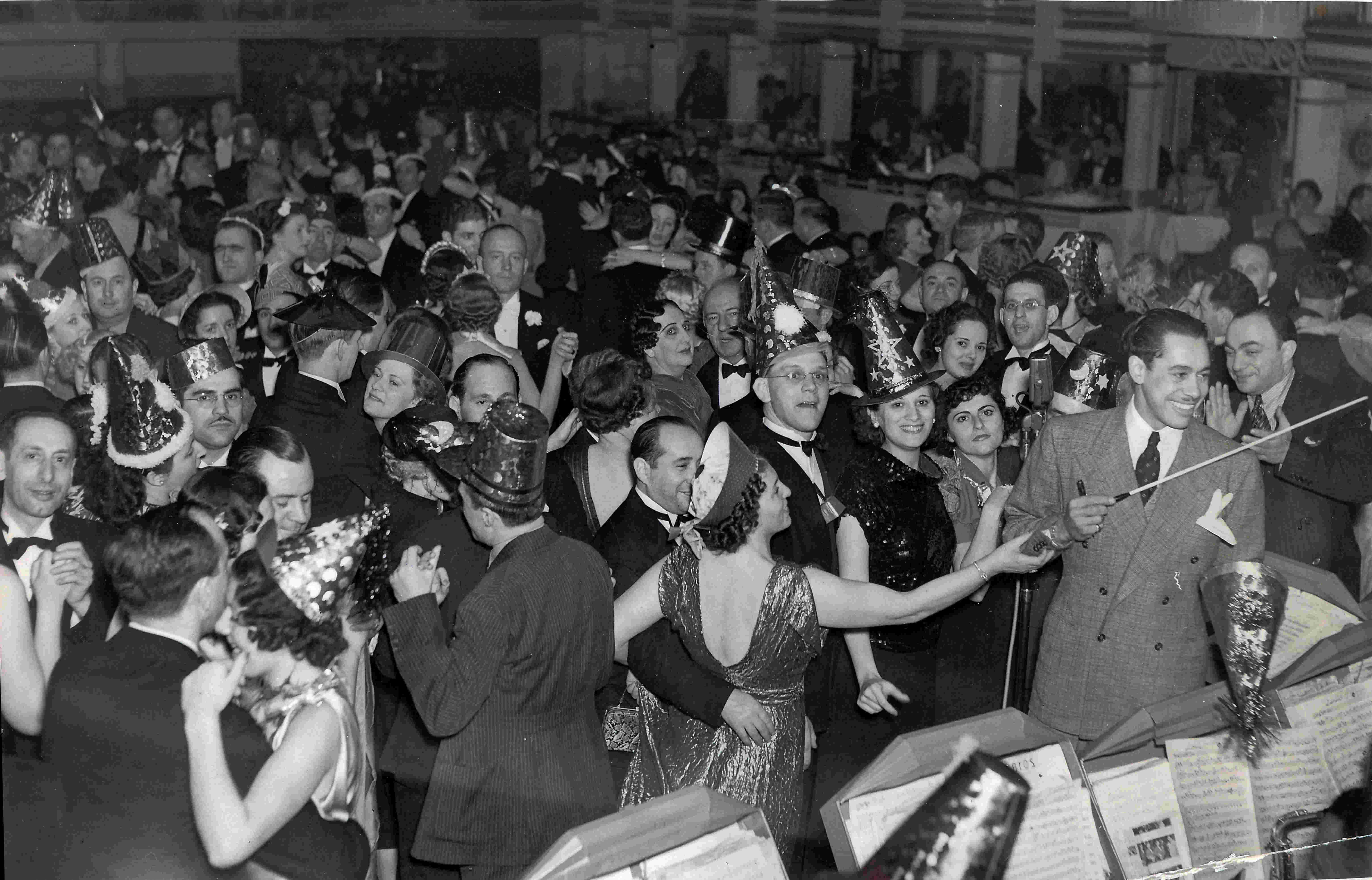En 1934, lors d'une tournée du côté de Pittsburgh, Cab Calloway dut faire face au départ impromptu des Nicholas Brothers, bien décidés à tourner leur premier film à Hollywood. Pour les remplacer, son agent lui envoya sans les avoir vus les jeunes (et blancs !) Fred et Gene KELLY. Voici le récit de cette anecdote peu connue qui permet à des danseurs de claquettes blancs de danser en compagnie d'un orchestre noir, chose plus qu'improbable à cette époque... Read the full story →
Des anecdotes sur la violence durant les tournées dans le Sud des Etats-Unis sont légion. En voici quelques-unes qui illustrent à quel point les orchesstres noirs de jazz ont souffert de la ségrégation partout où ils passaient. Read the full story →
Billed alternately in the ads as “Sepia Prima Donna”, “The Sepian Nightingale”, “Siren of Songs”, “Songbird of the South”, “Bundle of Blues”, “Popular and petite songbird”, “The aristocrat of song”, “The Broadway Favorite and Singing Sensation”, “Second to Marian Anderson” or “Greatest colored soprano” (sic). Still: if we had to rely on Cab Calloway’s autobiography to find out a little more about this singer who was the canary for the orchestra for more than 7 years, we wouldn’t get very far! The Hi De Ho Blog invistigated and tells you almost everything about a great singer (cousin of the singer and TV star Leslie Uggams) admired then and forgotten today. Read the full story →
“With [Reuben] Reeve’s trumpet and the Nanton-styled soloing of DePriest Wheeler, the band had quite an Ellington flavor.” This is how Steve Voce, the famous British jazz columnist, described Cab Calloway’s faithful trombonist, DePriest WHEELER, in a 1957 interview of the maestro. Now completely forgotten, although Wheeler enjoyed a certain degree of recognition in the 1930s, alongside Cab, with whom he made most of his career. PART 1: Life BEFORE Cab Calloway... Read the full story →
Même si beaucoup de musiciens ont glosé sur la routine de jouer avec Cab et son incapacité à laisser ses solistes suffisamment s’exprimer, on doit tout de même reconnaître que de nombreux pupitres sont restés occupés par les mêmes personnes de nombreuses années. Et en tout premier lieu par Benny PAYNE, le pianiste de Cab de juillet 1931 (première date d’enregistrement) à fin 1943 (son départ à l’armée). Dans cette première partie, nous allons voir la carrière de Benny Payne avant et pendant Cab. Read the full story →
Jazzmen and Freemasonry… You almost never read articles on this topic despite the fact that all jazz musicians are deeply spiritually minded! Undoubtedly because there is little study on jazz and Freemasonry. French jazz musician and researcher Raphaël IMBERT initiates us into the relationship between jazz and Masonic lodges, and in a more general overview, spirituality, with his book “Jazz Supreme: Initiés, Mystiques et Prophètes,” (L’éclat poche, 2018). Published in French and updated several times, it is revered as the international reference on this matter. By empowering African Americans, Freemasonry also allowed jazzmen to create a new corporatism close to a fraternity. The Hi De Ho Blog is particularly focused on Brother Cab Calloway, who was introduced to Masonry by his musicians. Read the full story →
Tout le monde sait que l'orchestre de Cab Calloway était parmi les mieux traités du business : la paie était la meilleure, 4 semaines de congés payés par an et 1 semaine à Noël avec une prime, au moins 3 costumes de scène inclus, etc. Dans le "package" Calloway, il y avait également le transport. Quand ce n'était pas dans un bus spécial, l'orchestre avait pour habitude de voyager dans un wagon Pullman bénéficiant d'un grand confort. Les nombreuses photos de Milt Hinton vous ont déjà montré tout ça. Ce que l'on sait moins, c'est que tout l'orchestre profita pendant quelques mois d'un nouveau type de transport, unique dans tout le monde du jazz à l'époque : un avion ! Il n'y a guère que The Hi de Ho Blog pour vous raconter pareille anecdote ! Read the full story →
Recorded on March 3, 1937, Peckin' is a novelty song intended to create new fashionable dance. In the lyrics, Cab Calloway refers to other dances launched by him at the Cotton Club, like the Suzy-Q and Truckin'. The Hi de Ho Blog tells you what he knows about this ancestor of the Duck Trot and, most famous in France, La danse des canards... Read the full story →

